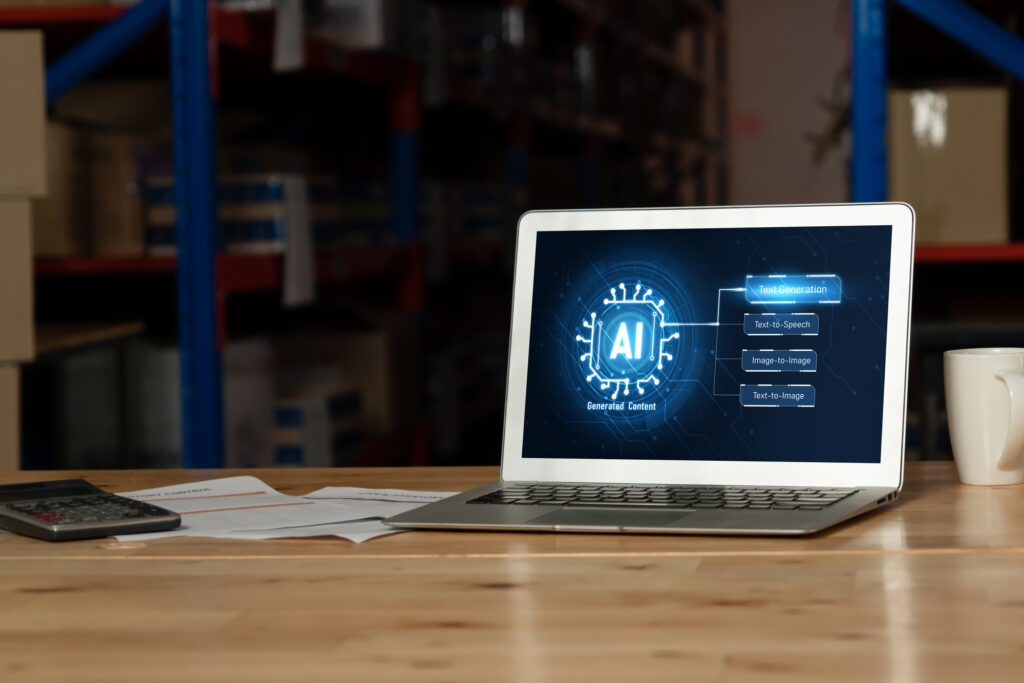Five Predictions for Enterprise AI in Document Processing in 2025

Document processing stands at the edge of its next great transformation.
While AI has already changed how enterprises manage their information, the coming years promise even more dramatic shifts in how organizations extract value from their document repositories.
This evolution is particularly evident in data-intensive sectors like energy, mining, healthcare, and defense.
As we look toward 2025, we see key emerging trends that promise to further revolutionize this space.
Here are five predictions for the future of enterprise AI in document processing.
Prediction 1: AI-Powered Document Processing Will Achieve Human-Like Understanding
By 2025, advancements in AI will enable systems to go beyond basic data extraction, comprehending the context, intent, and nuances of complex documents almost as well as a human. AI will better interpret legal jargon, understand technical language in engineering reports, and discern subtle meanings in compliance documents.
Implications for Enterprises:
- Increased Accuracy: Organizations can expect fewer errors in data extraction, leading to more reliable insights and better decision-making.
- Use Cases: Complex regulatory filings, sensitive healthcare records, and intricate engineering specifications will benefit from this enhanced AI understanding.
The human-guided approach ensures that even as AI grows more sophisticated, human expertise remains available to refine and validate its outputs, making document processing solutions both highly accurate and contextually relevant.
Prediction 2: Human-in-the-Loop AI Will Become Standard Practice
While AI systems continue to evolve, human oversight will remain essential to ensure precision, contextual relevance, and adherence to compliance standards. By 2025, the human-in-the-loop model will be a common practice across enterprises seeking to maximize AI’s capabilities without sacrificing quality.
Benefits:
- Improved Compliance: Human oversight ensures sensitive documents, such as those in healthcare and defense, are handled with precision and meet regulatory requirements.
- Bias Mitigation: Human intervention can reduce AI model biases, ensuring fair and unbiased document processing outcomes.
Prediction 3: AI-Driven Document Processing Will Be Fully Integrated with Enterprise Systems
By 2025, seamless integration of AI-powered document processing with enterprise resource planning (ERP) systems, customer relationship management (CRM) platforms, and data lakes will become the norm. This will break down data silos and create a unified, real-time view of organizational data.
Impact:
- Enhanced Workflow Automation: Enterprises will benefit from smoother, automated workflows, reducing bottlenecks and increasing productivity.
- Real-Time Data Insights: Faster access to actionable insights will enable better decision-making and improved responsiveness to market changes.
Practical Example: In the energy and mining sectors, real-time data access can improve safety compliance, reduce project delays, and optimize operational efficiencies.
Prediction 4: Enhanced Security and Compliance Capabilities for AI Systems
Security and compliance will remain top priorities for enterprises deploying AI systems.
As regulations become more stringent, AI-driven document processing solutions must include robust security features to protect sensitive data and ensure regulatory compliance.
Key Considerations:
- Data Privacy: AI systems will need to meet stricter data privacy standards, especially in industries like healthcare and defense.
- Compliance-Ready Solutions: Built-in compliance features will be critical to ensuring that AI solutions meet industry and governmental regulations.
Prediction 5: Scalability Becomes the Key Differentiator
By 2025, the ability to scale document processing while maintaining accuracy will separate leading solutions from the pack.
Organizations will need to process increasingly large volumes of documents without sacrificing precision or overwhelming their resources.
The challenge will be finding the right balance between speed and accuracy. Solutions that can scale efficiently while maintaining human-level accuracy will become increasingly valuable. This includes the ability to handle multiple document types, languages, and formats while delivering consistent results.
Looking Ahead
The future of enterprise AI in document processing holds tremendous potential for improving business outcomes. As these technologies continue to evolve, organizations need to prepare by:
- – Investing in solutions that combine AI capabilities with human expertise
- – Ensuring their document processing infrastructure can integrate with existing systems
- – Choosing solutions that understand their unique industry challenges
- – Prioritizing security and compliance features
- – Building scalable approaches that can grow with their needs
- – As we approach 2025, the distinction between document processing and business intelligence will continue to blur.
Forward-thinking organizations are already moving beyond basic automation, focusing instead on solutions that combine human insight with AI capabilities to extract strategic value from their document repositories.
This approach will become increasingly crucial for maintaining a competitive edge in a data-driven world.

